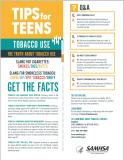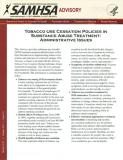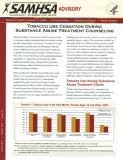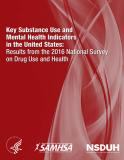
This fact sheet for teens provides facts about tobacco use. It describes short- and long-term effects and lists signs of tobacco use for youth. The fact sheet helps to dispel common myths about tobacco use. Access sources and references cited in this fact sheet.
Units per Product
Download
Tips for Teens: Tobacco
File Type: PDF
File Size: 135 KB







